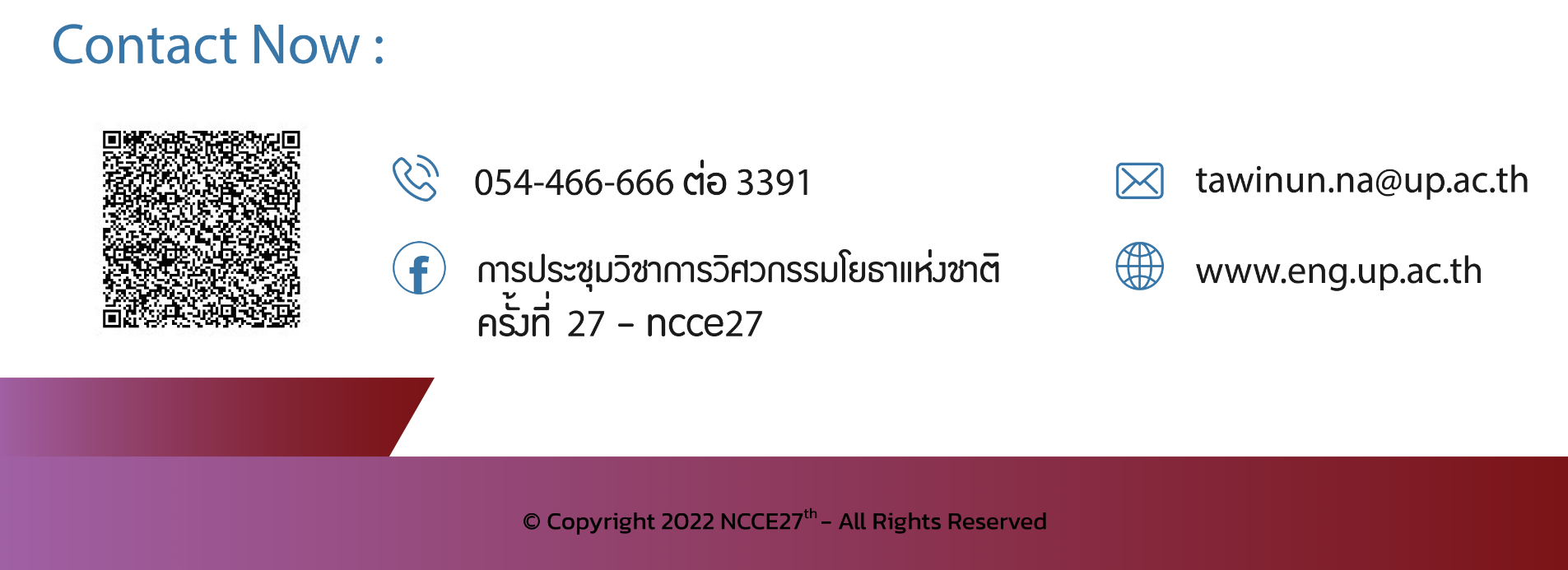Engineering properties of cement treated lateritic soil reinforced with steel fibers from automotive tires
Keywords:
lateritic soil, cement lateritic soil, soil improvement, fibers from automotive tiresAbstract
The lateritic soil has the proper density for soil compaction in highway construction. However, the soil properties vary based on water content and environmental conditions. Thus, some lateritic soils cannot be used as a material for pavement because its properties does not meet the standards of the Department of Highways. This research aims to study the basic engineering properties of laterite soils by mixing them with cement and reinforcing them with steel fibers from used tires. The optimum amount of cement was determined for laterite soils with controlled density and optimum water content for 28 days of curing. The unconfined compressive strength of samples with a cement content of 3% without water immersion and water immersion for 2 hours before testing exhibited a strength higher than the criteria. Then, steel fibers from used tires were mixed in 1%, 2%, 3%, 4%, and 5% per dry weight of soil. The optimum percentage for reinforcing steel fibers from used tires was 3%. The split tensile strength test was conducted, and the maximum tensile strength of 4.90 kg/cm2 was obtained. The flexural test of beams reinforced with steel fibers from used tires enhanced the tensile strength of lateritic cement soil with a significant increase in flexural strength of -70%.
Downloads
Downloads
Published
How to Cite
Issue
Section
License
บทความทั้งหมดที่ได้รับการคัดเลือกให้นำเสนอผลงานในการประชุมวิชาการวิศวกรรมโยธาแห่งชาติ ครั้งที่ 27 นี้ เป็นลิขสิทธิ์ของ วิศวกรรมสถานแห่งประเทศไทย ในพระบรมราชูปถัมภ์


